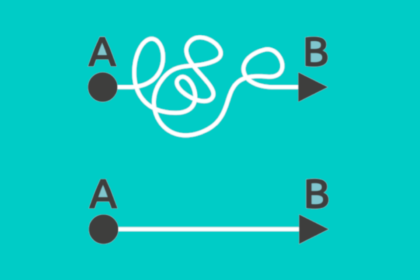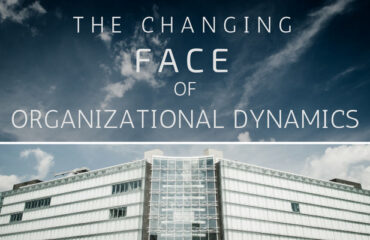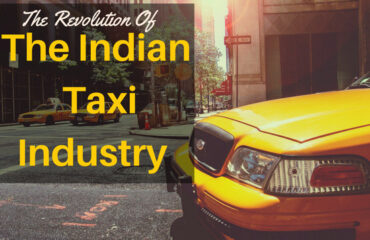
have always wondered why it’s so difficult to really catch or kill the common house fly. If you really watch the way that these small insects fly it makes this even more interesting. But before we get into that the houseflies have compounding eyes which are very big compared to its body structure.
The flies’ eyes are made up of 4000 tiny hexagonally packed lenses. No two lenses point in the same direction. These lenses also operate almost independently of each other and hence can be moved independently of each other. These can also be moved in all directions and hence the fly can see forward, backward, up, and down simultaneously. This is very different from how we humans see things as we have what is often referred to as a simple eye where we see one large image through each eye.
The fly on the other hand sees the same single image that we humas see as multiple images through each of these 4000 lenses that it has. So as the fly approaches an object the image that it sees in each of the lens’s changes as bit in each of the lenses. To hold its vision of the object in a fixed position the fly must adjust its whole body and the way it flies towards the image. So, because of this if we see the way a fly approaches an object it would never fly straight towards that object, but its flight path would resemble that of a coil or a spiral whose radius keeps deceasing as the fly approaches the object that its flying to.
The way an organization sees its visions and goals are also like what the housefly sees with different people seeing and interpreting them in very different ways based on their exposure, background, and their visibility. But before we come to that lets break down what Efficient and Effective means or if they are different in any way.
If we are moving from one point to another, we always consider moving in a straight line between these two points as the most efficient way of moving between these two points. But is this the most effective way is what we will try and find out.
From an organizations perspective an efficient organization would have the following characteristics.
- Work well on things that you understand well.
- You plan in detail breaking things into smaller tasks and their completion to a specific time.
- Review the progress against the said plan and take corrective measures as and when needed to stick to the plan.
- There are clearly laid out processes and responsibilities.
- There is a process of resource allocation whether its finances or manpower or time with allocation happening according to their importance to the organization the earlier experience the organization has built up on the same.
When we consider an effective organization the key factors that usually come to mind are as below.
- Open and willing to work on things which haven’t been tried or which is not fully understood.
- Preparing very long terms plans are difficult as the way forward particularly in such new endeavors might not be so very clear.
- According to the situations these organizations adapt their approaches and plans.
- Coming out with newer and more effective ways of resource allocation without being controlled by earlier experiences and their baggage while keeping the earlier learnings always in mind.
Coming to various other forms of nature most of them rarely take a straight path as it moves along.
The river follows a path which swirls and turns and at times even spreads out into branches instead of just following a straight line as it moves downward.
The blood in our veins or that or any living organisms never has a straight-line pattern so is the case with the sap flowing in trees.
Coming back to organizations, all of them have compound eyes. When people within the organization are encouraged to think for themselves there is bound to be a diversity of views. The organization is a sum of these diverse views. Like in the case of the housefly the anatomy of organizations makes sharp vision difficult and hence movement in exact straight lines under all conditions becomes impossible under all conditions.
Very often we get demotivated or feel let down within the organization when we are not able to achieve the ideal straight line that we had envisaged at the start of a year or a project.
Instead of feeling demotivated and giving up the ideal way would be to relook at the situation, redefine newer goals, and keep moving forward.
While this is easy to say it’s not so easy to implement. So is the case depending on the problem or task at hand the more difficult the task or problem the more difficult it becomes to address the same.
So, while we have all been conditioned to keep thinking of ways to be most efficient under all situations in real life it would be better, we are able to recalibrate our mechanisms to make ourselves more effective.
To keep reading about more such topics which will enable us to be more effective and how to ensure we are able to modify our movements to keep moving towards the target like in the case of the housefly do subscribe to my LinkedIn page, Rejo’s Business Bytes, or my website, RejoFrancis.com



